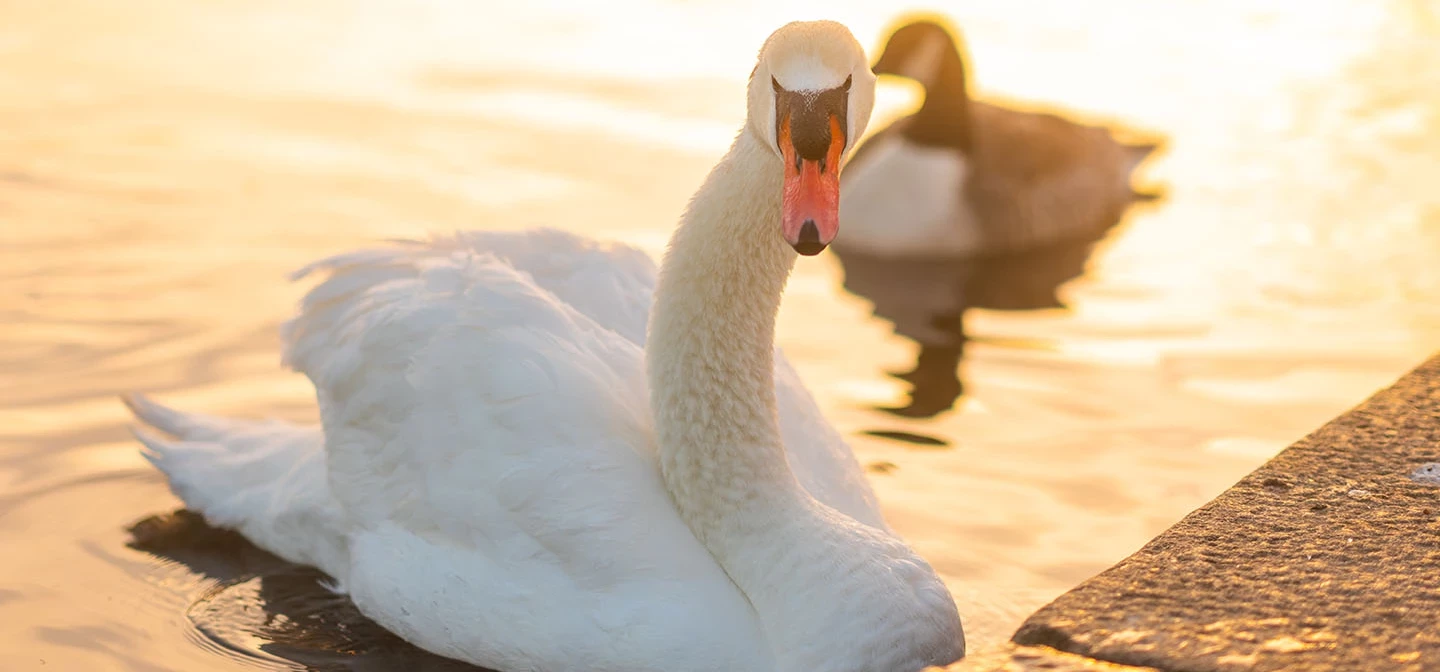
Wildlife in Kensington Gardens
Key information
Sit in the shade of the lime avenues. Spot the coot that’s flown to Russia (and back). Listen to the grasshoppers and crickets in a wildflower meadow. All in the heart of a capital city.
A Grade I listed landscape and a wildlife haven
Kensington Gardens is known as the home of Kensington Palace and The Albert Memorial. But its 265 acres are also a rich mix of wildlife habitats, from historic grassland to lakeside woodland, to thriving meadowland environments such as Buckhill Meadow. Even in the ornamental Italian Gardens you’ll see glorious yellow iris and purple loosestrife, and dragonflies hunting and hovering over the pools.
Wildlife habitats in Kensington Gardens
Large areas of Kensington Gardens are acid grassland, increasingly rare in Britain. These can seem wilder, more arid landscapes and although the soil is less fertile, specialist native wild plants, including fine grasses, sheep's sorrel and common cat’s ear live here.
The Long Water and the Round Pond are man-made lakes and are key habitats for many water birds including herons, coots, ducks and geese. The Long Water in particular has a rich diversity of invertebrates, fish and amphibians - as well as the birds who eat them.
In spring and early summer, Buckhill Meadow is alive with grasshoppers, crickets and flower beetles. See if you can spot a wasp spider, vivid black and yellow markings as it spins a web across the long grass with its trademark ‘Z’ shapes.
The trees of Kensington Gardens
As you walk – look up! The plane trees of Kensington Gardens form a lofty, cathedral-like ‘roof’ above the formal avenues. London’s plane trees improve the air quality in the city, and the deeply grooved bark of some older trees creates perfect micro-habitats for roosting bats, fungi and many species of beetle. In total there are over 3,000 trees in the park, including 200-year-old sweet chestnuts, classic English hornbeams, oaks and rowans.
Wildlife at the waterside woodland
Even though thousands of visitors pass through Kensington Gardens every year, we’re lucky to have an extraordinary diversity of birds – including little owls and tawny owls. Treecreepers, blackcaps and chaffinches also inhabit the trees and scrub.
The water and woodlands are happy hunting grounds for bats too, flitting through the air at sunset. You might get lucky and spot a flash of orange and blue out of the corner of your eye – a rare glimpse of a kingfisher. What you probably won’t spot below the surface of The Long Water is the rare Spangled water beetle – found only here and one other location in Britain.
Wildlife and parklife – a delicate balancing act
The Royal Parks are unique urban parklands, where large numbers of people and London’s wonderful wildlife can come together. Our responsibility is to conserve both equally – balancing the needs so that we can all continue to enjoy these unique landscapes and habitats.